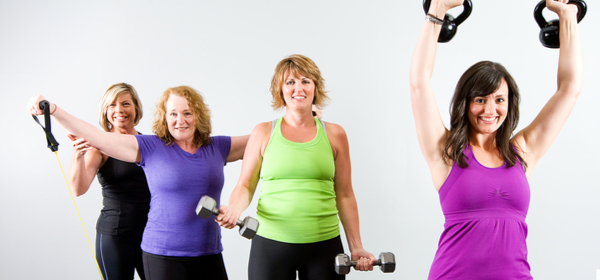As we age, the way we define ‘healthy weight’ changes.
Measures to determine healthy weight – including Body Mass Index (BMI), waist circumference and comparisons of muscle to body fat – have their limitations, particularly when used for older adults.
As we age, unfortunately we lose muscle mass. This can lead to several problems, especially an increased risk of falls. The good news is, we can help slow down the loss of muscle through specific physical activities, being active everyday and eating well as we age.
Changes in total body weight vary for men and women.
Men often gain weight until about age 55, and then begin to lose weight later in life. This may be related to a drop in the male sex hormone testosterone.
Women usually gain weight until age 65, and then begin to lose weight.
Weight loss later in life occurs partly because fat replaces lean muscle tissue, and fat weighs less than muscle. Diet and exercise habits can play a large role in a person’s weight changes over their lifetime.
Simply being overweight as an older adult may not mean that we need to lose weight – general health can be more important.
Weight loss is more often advised for those older adults who suffer from related health problems and would benefit from being in the healthy weight range.
Exercise is a key ingredient for older people who need to lose weight. This exercise, together with healthy eating (including plenty of protein-rich foods), will help to reduce the loss of muscle that might happen as you lose weight.
If you are unsure about your weight – including being underweight or overweight – you should seek advice from a doctor.
Do you have any tips to avoid losing muscle mass as you age?
Related articles:
Weight loss with more fruit and veg?
Weight-loss secrets of women
Weight training reduces diabetes risk

